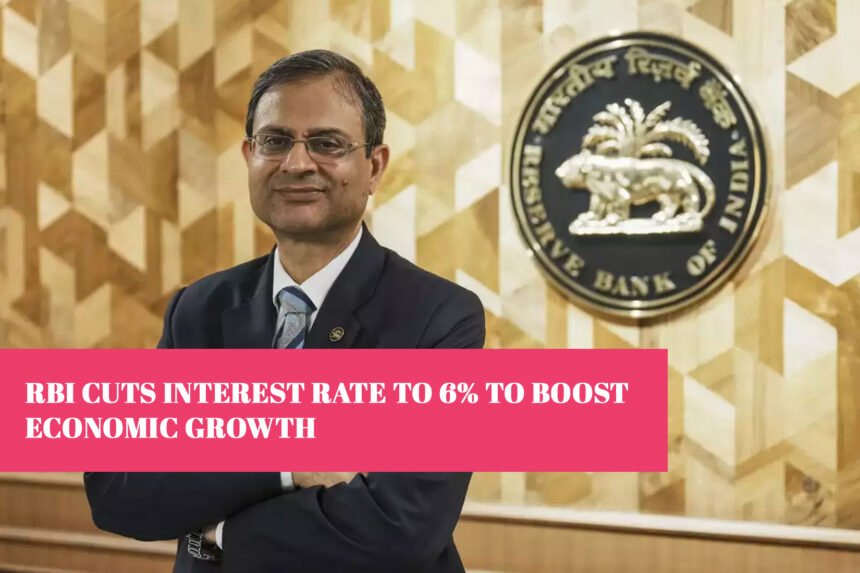RBI Cuts Key Interest Rate to Boost Growth
On Wednesday, RBI Governor Sanjay Malhotra shared that the central bank has lowered the main interest rate by 0.25%, bringing it down from 6.25% to 6%. This step is meant to help the economy grow faster and stronger.
Along with the rate cut, the Reserve Bank of India has also changed its policy stance from “neutral” to “accommodative.” In simple terms, this means the RBI is now more open to taking steps that make borrowing easier and boost economic spending.
Governor Malhotra said that everyone in the Monetary Policy Committee (MPC) agreed on the decision. He explained that the change in approach is based on the current state of the economy and what lies ahead.
He also mentioned that this new stance gives the RBI room to introduce more supportive measures, such as increasing the money supply to encourage more economic activity.
Why the RBI Changed Its Policy Stance
RBI Governor Sanjay Malhotra explained that the central bank has moved away from its earlier “neutral” stance, which meant it wasn’t pushing for growth or trying to slow things down. The new accommodative stance is more supportive of boosting economic activity.
He also mentioned that although inflation in India has come down, the RBI will continue to keep a close eye on things, especially due to global concerns like rising US tariffs, which could impact India.
To keep the economy running smoothly, the Governor assured that the RBI will make sure there’s enough liquidity—or cash flow—within the banking system.

Rate Changes and What They Mean
Following the repo rate cut, RBI Governor Sanjay Malhotra shared that other key rates have also been adjusted. The RBI has now set the Standing Deposit Facility (SDF) rate at 5.75%, and both the Marginal Standing Facility (MSF) rate and the bank rate at 6.25%.
This is the second time in a row that the RBI has lowered the repo rate by 25 basis points, with the last cut happening in February. Before that, the last rate cut was back in May 2020.
So, what does this mean for you? When the repo rate goes down, banks often reduce loan interest rates, too. This means people and businesses can take loans more easily and at lower interest rates. When borrowing gets more affordable, it often encourages spending and investment, giving the overall economy a helpful boost.
Growth Outlook and Coordination with Budget Goals
The real impact of this rate cut will depend on how quickly commercial banks lower their lending rates and pass the benefits on to customers.
RBI Governor Sanjay Malhotra also mentioned that the central bank has slightly lowered India’s GDP growth forecast — from 6.7% to 6.5%.
This policy easing comes as the finance minister continues with fiscal discipline by reducing the government’s fiscal deficit target to 4.4% of GDP for 2025-26, down from 4.8%. With lower government borrowing needs, the RBI has more flexibility to follow a supportive monetary policy aimed at boosting economic growth.
ALSO READ – Repo Rate Down: India’s Central Bank Makes a Move After Almost 5 Years










